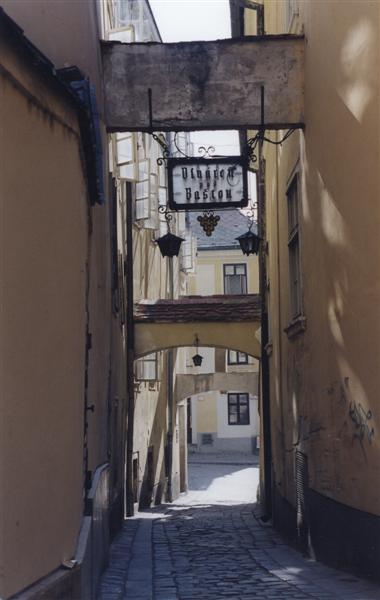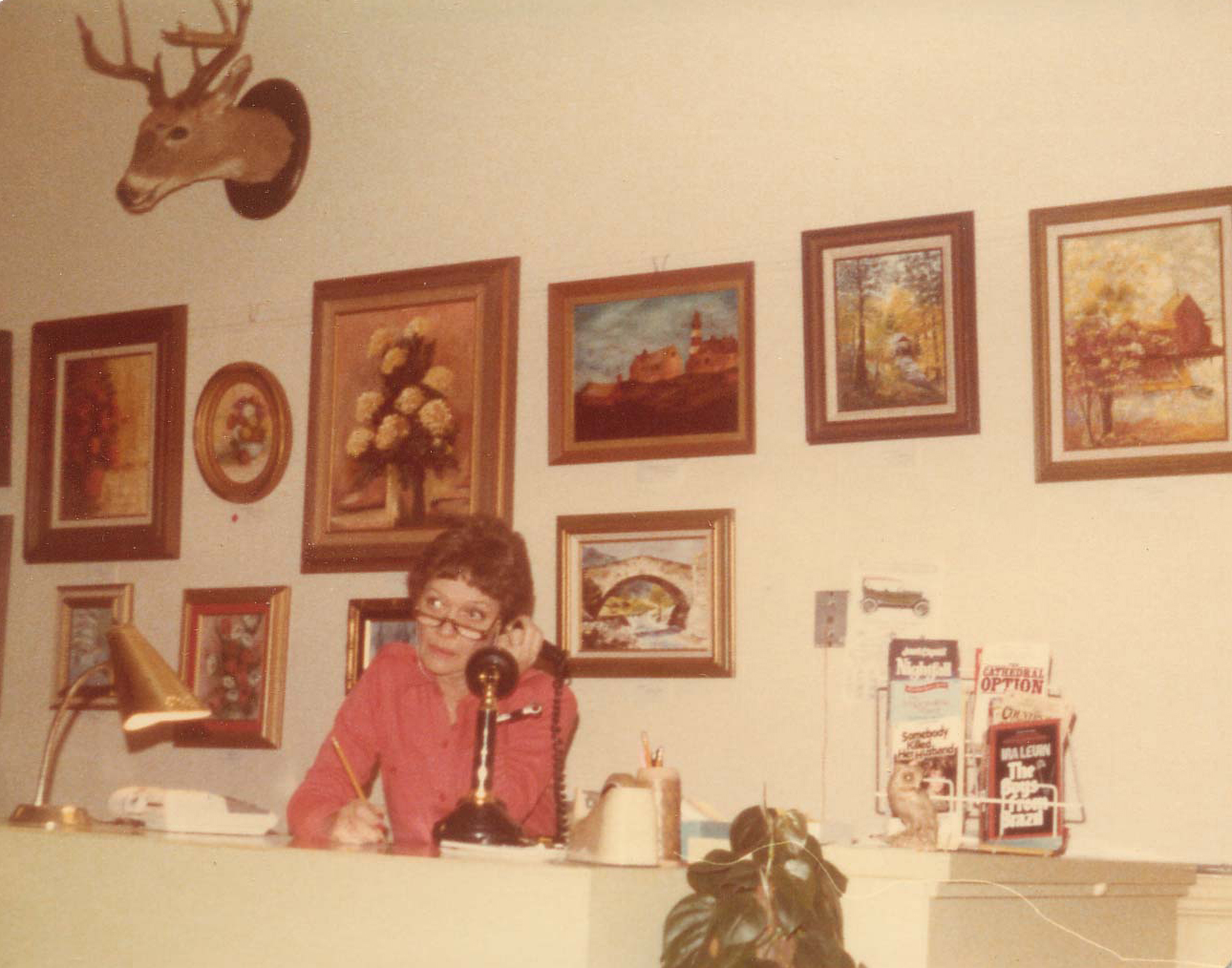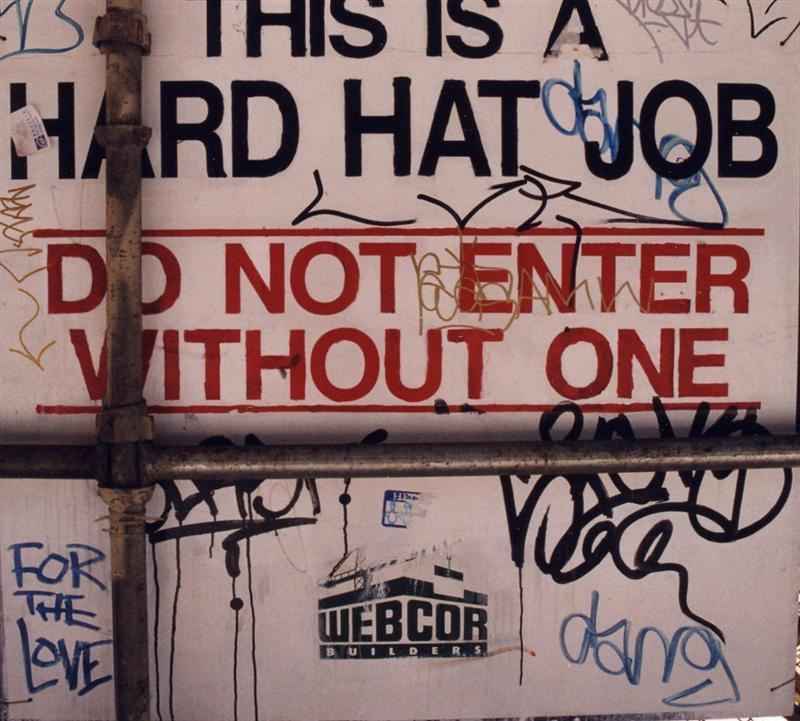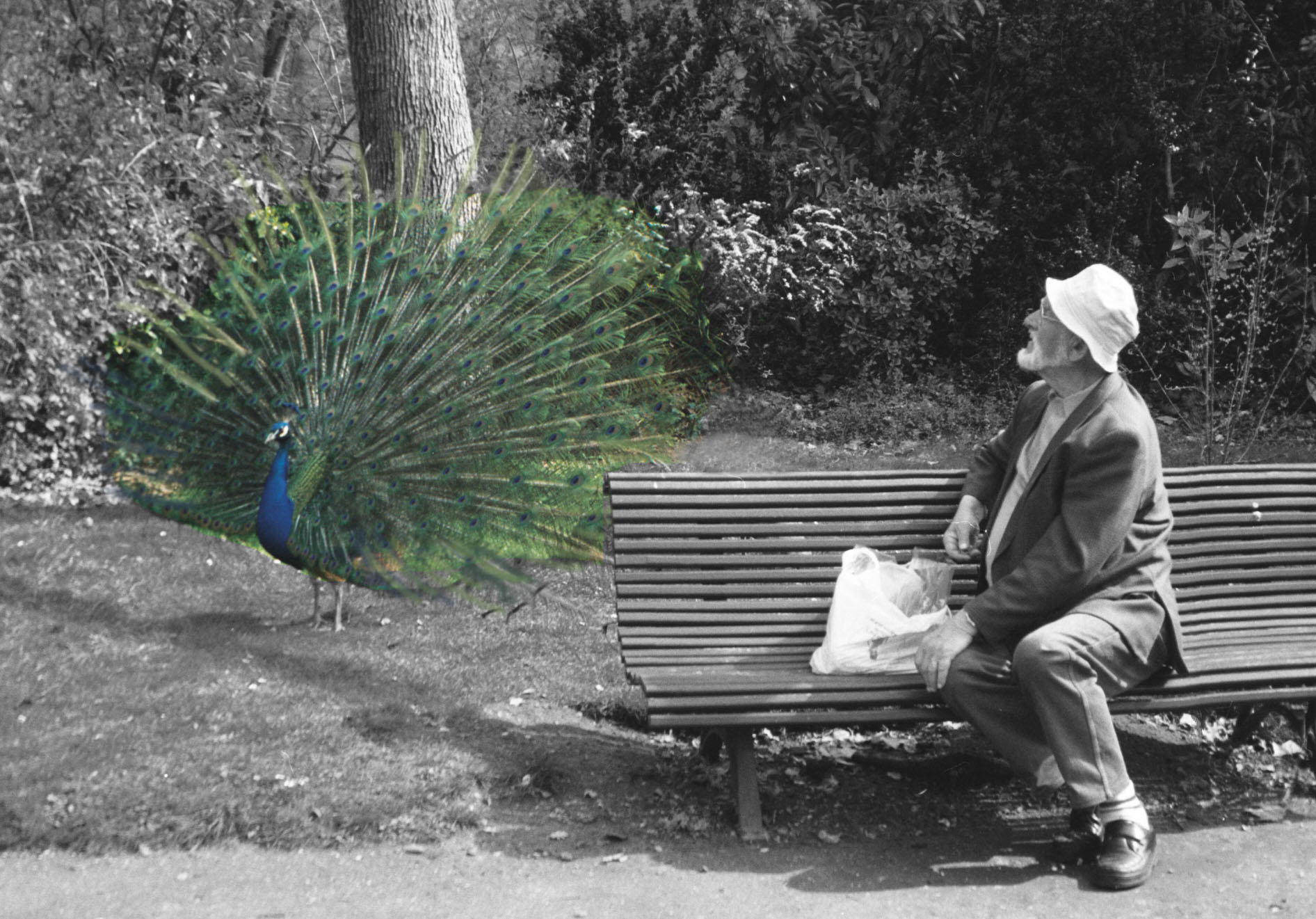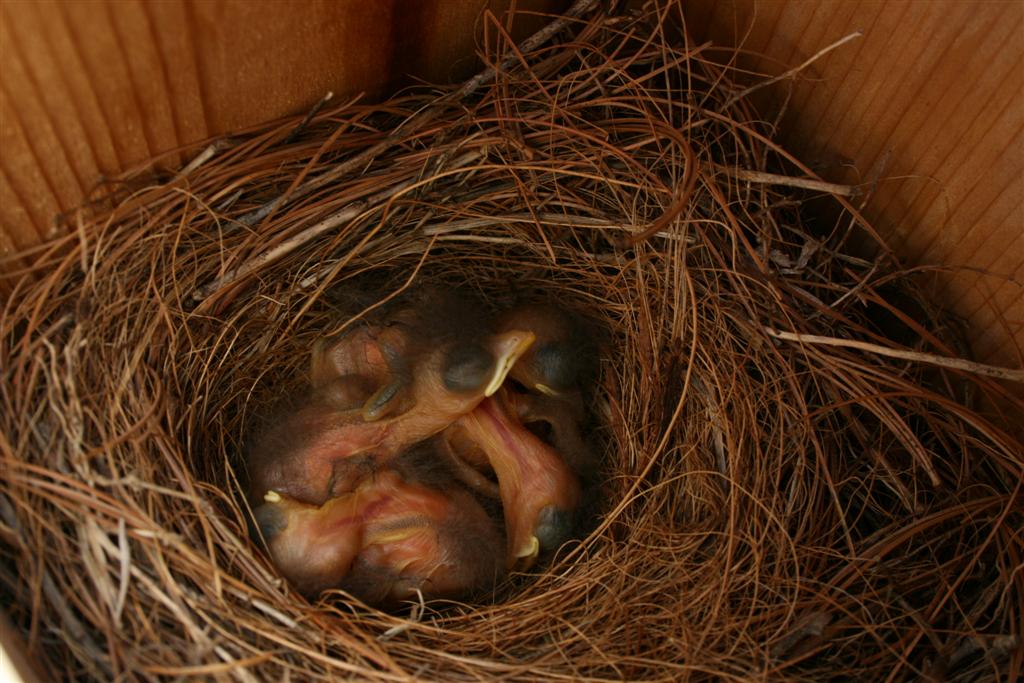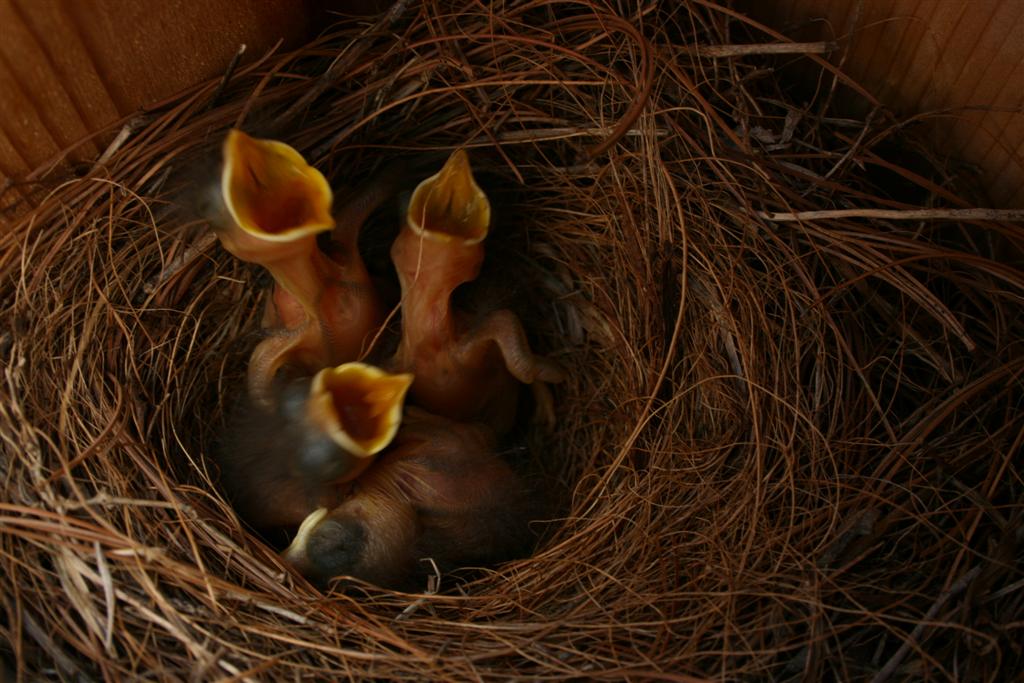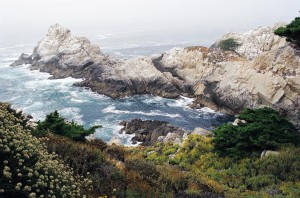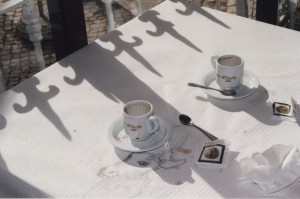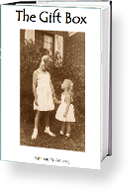Confessions of a Carnal Reader, Recently Reformed
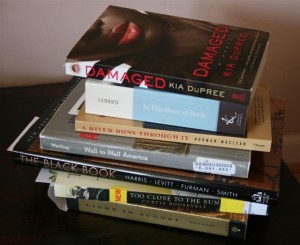 Throughout my life, I’ve been what Anne Fadiman* would call a “carnal lover” of books, rather than a “courtly lover,” like my sister and at least one of my sons. Their books leave their hands in pristine condition, unmarked by their passing.
Throughout my life, I’ve been what Anne Fadiman* would call a “carnal lover” of books, rather than a “courtly lover,” like my sister and at least one of my sons. Their books leave their hands in pristine condition, unmarked by their passing.
I, on the other hand, love my books to death. As a youth, I thought nothing of dog-earing the pages, scribbling in the margins and underlining the words that gripped me. It was words and their meanings I was after, I told myself, not pretty objects on a shelf. I most often loved ‘em and left ‘em (to the used book store), anyway.
As a teacher, I was more likely to return to a book again and again, but it didn’t make me any kinder. My books were rendered useless, so starred and scribbled and highlighted were they from each successive reading. You don’t even want to see my personal copy of Beloved. (I have an extra clean copy suitable for lending out.)
In later years, I’ve become gentler. I still leave the occasional book splayed on the dining room table, but I also own a collection of bookmarks, and I’ve let the highlighter go in favor of miniature post-its. They stick out of my books like tiny blue, pink, yellow and green flags, saying, “Here I am, that little nugget of wisdom, those glorious words you were so afraid to lose.” I find I can’t bear to remove the markers when I finish the book, so I return it to the shelf with its streamers still in place. Thinking, of course, that I will return and retaste those perfect morsels, if not the whole meal.
Why do I do that?
Because I’m trying to stop time.
And that’s all wrong.
A book should grow with us, forever offering new perspectives based on who we are and where we happen to be going at the time. Marking the pages urges us to see only what we saw before, muting the value inherent in a reread. It urges us to step into the same river twice. But the mystery and joy of travel – be it geographical or intellectual — is that we never do that.
Breaking this habit is more difficult than you might think. As wonderful words get away unmarked and unpreserved, I feel a sting and imagine a kite string slipping through my fingers. I see that brilliant bit of colored silk floating away into the sky, to be lost forever. But I comfort myself: if the book is worth its salt, a whole array of new wonders awaits my next visit.
* If you haven’t read Anne Fadiman’s book, Ex-Libris: Confessions of A Common Reader, you can’t be said to have fully lived as a reader. The essay referred to is entitled, “Never Do That to A Book.”


